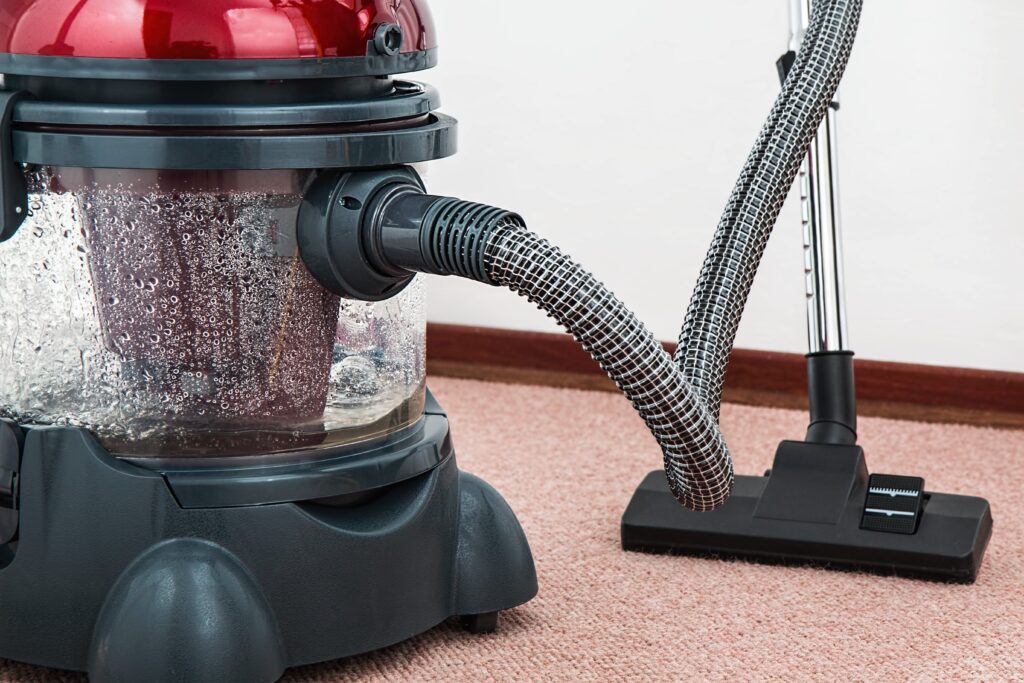
Maintaining a healthy home environment involves more than just keeping surfaces tidy and clutter at bay. One crucial aspect often overlooked is the quality of the air we breathe indoors. As we go about our daily lives, pollutants, dust, and allergens accumulate in our homes, often finding refuge in our carpets. However, determining the optimal time to clean carpets can be a challenge. This is where air quality testing steps in, offering insights into when it’s time to give your carpets some much-needed attention.
Air quality testing serves as a diagnostic tool, providing valuable information about the composition of the air within your home. By assessing various parameters such as particulate matter, volatile organic compounds (VOCs), and humidity levels, air quality tests can uncover hidden issues that may be affecting your indoor environment.
One of the primary indicators of the need for carpet cleaning is the presence of allergens and particulate matter suspended in the air. Carpets act as reservoirs for dust, pet dander, pollen, and other airborne particles, trapping them within their fibers. Over time, these accumulated allergens can exacerbate respiratory issues and allergies, particularly in sensitive individuals.
Air quality testing can detect elevated levels of allergens and particulate matter, signaling that your carpets may be overdue for cleaning. By monitoring these levels over time, homeowners can establish patterns and identify when cleaning interventions are most effective.
Furthermore, air quality testing can detect the presence of mold spores, which thrive in damp and poorly ventilated environments. Carpets, especially in areas prone to spills or high humidity, provide an ideal breeding ground for mold and mildew. Elevated mold spore levels in indoor air can indicate moisture issues or hidden water damage within carpets, highlighting the urgency of cleaning and addressing underlying moisture problems.
Volatile organic compounds (VOCs) present another dimension to air quality assessment. These chemicals, emitted from various sources such as cleaning products, paints, and furniture, can accumulate in indoor spaces, contributing to indoor air pollution. While carpets themselves may emit VOCs, particularly if they are newly installed or treated with certain chemicals, regular cleaning can help mitigate this issue and improve indoor air quality.
In addition to detecting pollutants and allergens, air quality testing can also provide insights into overall indoor air freshness and circulation. Stagnant air can contribute to the buildup of pollutants and odors, emphasizing the importance of proper ventilation and airflow, especially during and after carpet cleaning procedures.
When considering the optimal timing for carpet cleaning, air quality testing offers a proactive approach, empowering homeowners to make informed decisions based on objective data rather than relying solely on visual cues or arbitrary schedules. By integrating air quality testing into home maintenance routines, individuals can prioritize health and well-being while ensuring a clean and comfortable indoor environment for themselves and their families.
Air quality testing serves as a valuable tool in determining the ideal time to clean carpets in a home. By monitoring allergens, particulate matter, mold spores, VOCs, and overall air freshness, homeowners can pinpoint when carpets require attention and take proactive steps to maintain a healthy indoor environment. With air quality testing as a guiding principle, maintaining clean carpets becomes not just a chore, but a proactive investment in the well-being of your home and loved ones.

